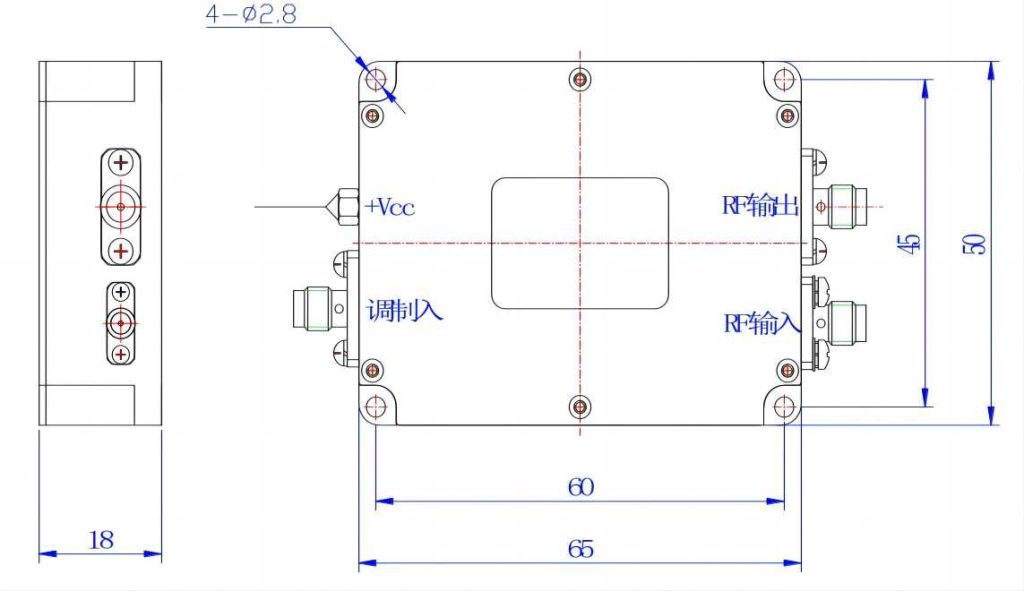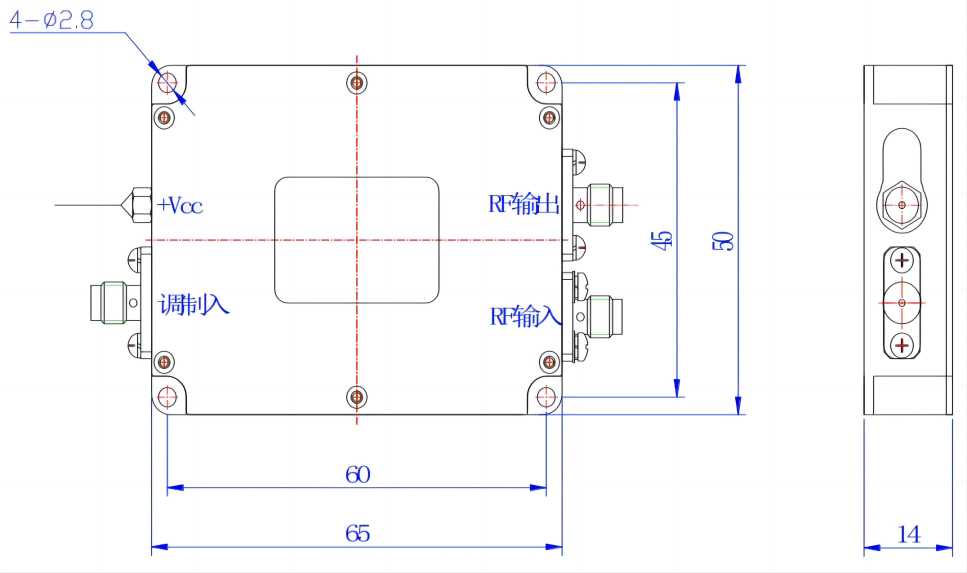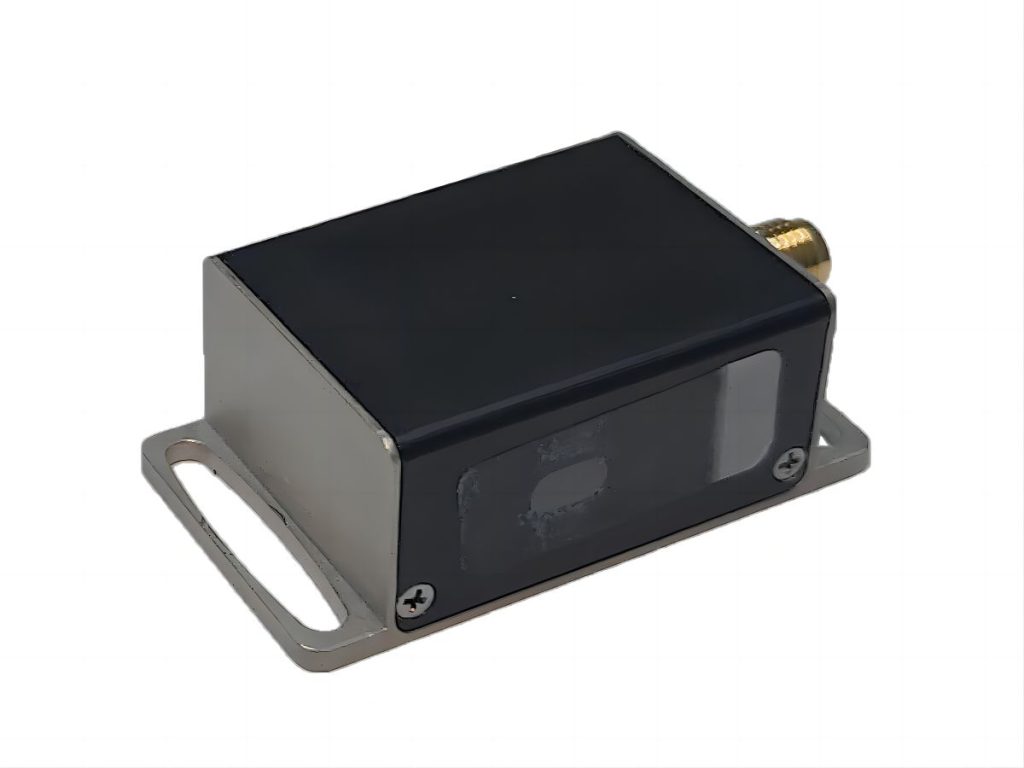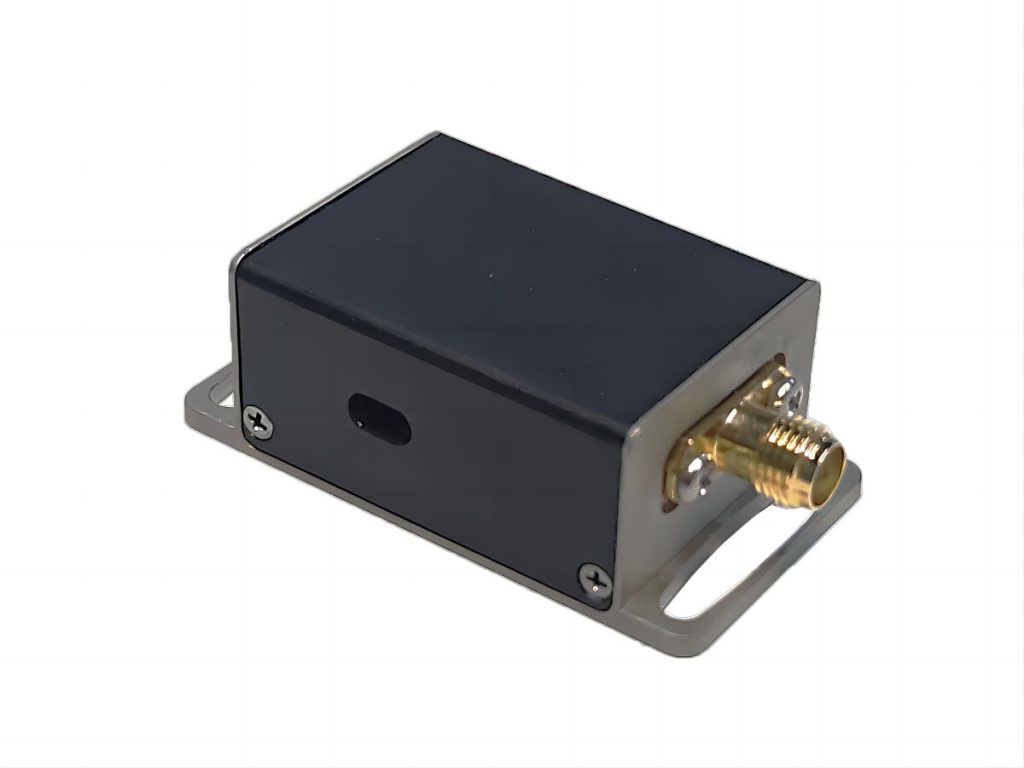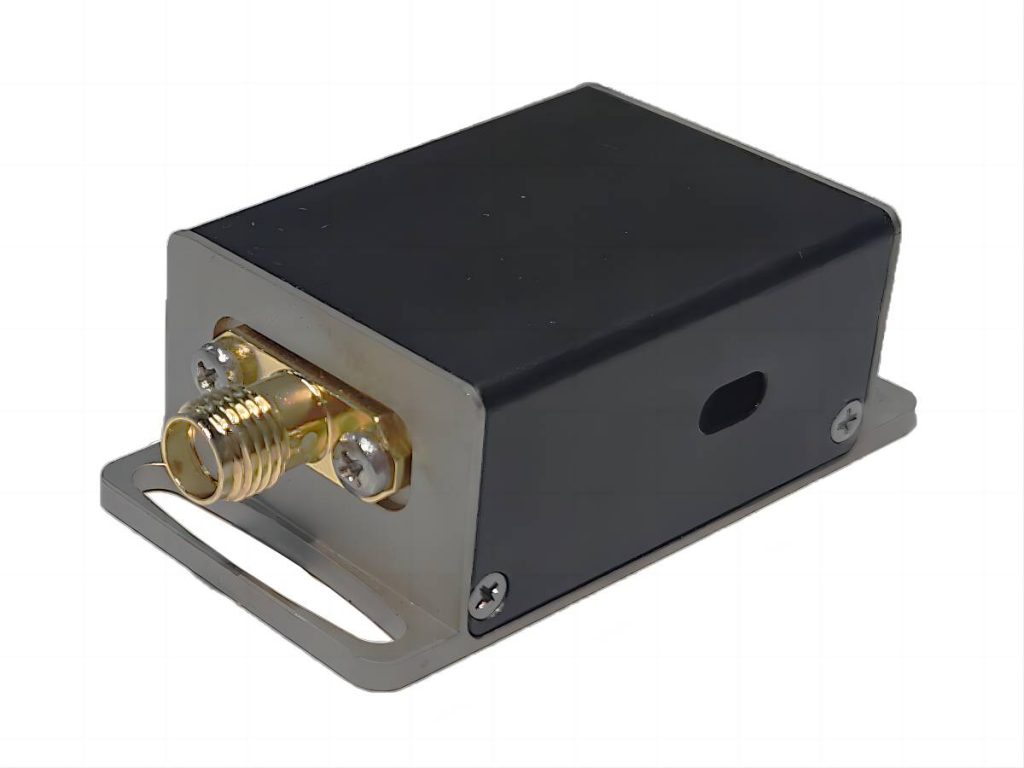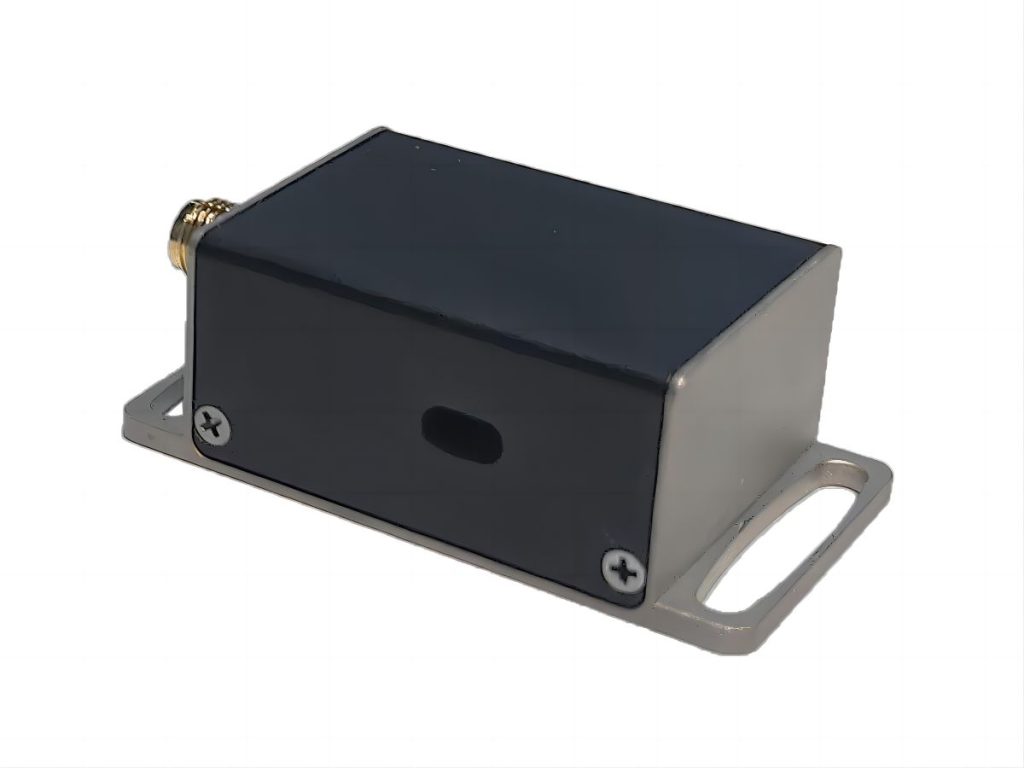
532nm Space AOM Series
An acousto-optic modulator is a kind of acousto-optic product that modulates laser intensity by acousto-optic effect and shifts its frequency. The wavelengths range from the ultraviolet to the mid-infrared. After the beam passes through the acousto-optic medium, diffraction occurs, and its frequency and intensity will be changed. The products have superior performance, such as high transmittance, diffraction efficiency, and low power consumption. Acousto-optic modulators can control speed and modulate light intensity far beyond that of mechanical shutters. Use the recommended companion drivers for optimal performance and a wider range of application options.
Characteristics of 532nm Space AOM Series
- Fast modulation speed
- High diffraction efficiency
- High-temperature stability and reliability
- Small size
Applications of 532nm Space AOM Series
- Lidar
- Material processing
- Laser Doppler system
- Image processing
- Cold atomic physics
Ordering Information of 532nm Space AOM Series
This indicator is a typical optical wavelength indicator, and other wavelengths and frequencies can be selected.
| Parameter | Unit | SGT80-532-1.5TA | SGT110-532-1TA | SGT200-532-0.3TA | SGT300-532-0.2TA |
| Wavelength | nm | 500-600 | |||
| Polarization state of input light | – | arbitrarily | |||
| Center frequency | MHz | 80 | 110 | 200 | 300 |
| Diffraction efficiency | % | ≥80 | ≥85 | ≥80 | ≥80 |
| Frequency shift bandwidth | MHz | 15 | 20 | 50 | 60 |
| Optical aperture | mm | 1.5 | 1 | 0.3 | 0.2 |
| Diffraction light separation angle | mrad | 10.1 | 13.9 | 25.3 | 38 |
| Drive power | W | ≤2 | |||
| Rise time of light pulse | ns/mm | 160 | |||
| Damage threshold | W/mm2 | 10 | |||
| Static transmissivity | % | 95 | |||
| Extinction ratio | – | >1000:1 | |||
| RF connector | – | SMA | |||
| Input impedance | Ω | 50 | |||
| VSWR | – | <1.3:1 | |||
| Cooling mode | – | Conduction cooling | |||
| Material Science | – | Tellurium oxide | |||
| Package | – | TA | |||
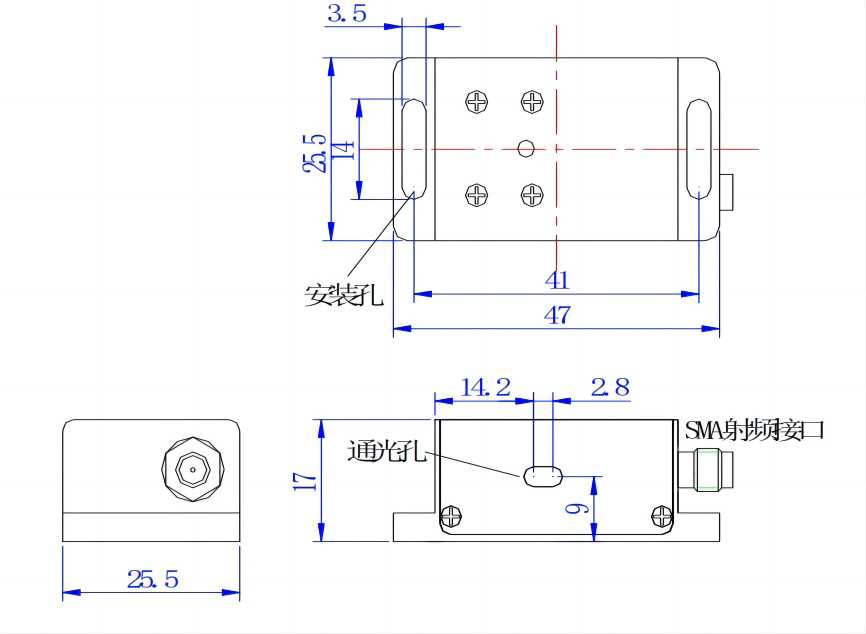
Low-power N-type Acousto Optic Driver for 532nm Space AOM Series
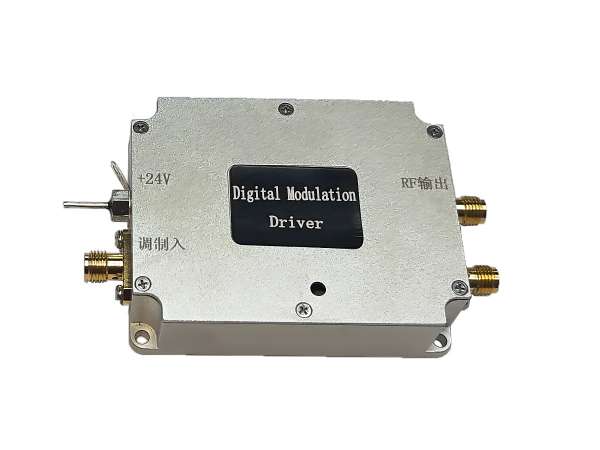
An RF driver usually consists of an RF oscillator, a modulation circuit, and a power amplifier. The RF driver generates RF signals that are used to generate sound waves within the crystals of the AO device. The frequency and strength of the RF signal will determine the degree to which the beam is modulated, deflected, or tuned. The acousto-optic driver can perform digital/analog modulation of the beam and also realize frequency shift functions. The driver has a good heat dissipation function, and the performance of the product is reliable and stable when working with the matching acousto-optic device.
| Supporting Drive | Model SGXXXX-33-N-ab SGXXXX: Base model identifier -33: Denotes RF output power (e.g., 33dBm) -N: Designates package type (specify available options) -X: Function code: Y: Frequency shift function T: Modulation function -A: Power supply voltage: 1: 24V 2: 12V -b: Modulation input type: D: Digital TTL modulation A: Analog modulation | ||||||
| SGT80-33-N-1D SGT80-33-N-1A1 SGT80-33-N-1A5 | SGT110-33-N2-1D SGT110-33-N2-1A1 SGT110-33-N2-1A5 | SGT200-33-N-1D SGT200-33-N-1A1 SGT200-33-N-1A5 | SGT300-33-N2-1D SGT300-33-N2-1A1 SGT300-33-N2-1A5 | ||||
Performance of Low-power N-type Acousto Optic Driver on Space AOM
- Small size
- Fast response time
- Low power consumption
- High-temperature stability and reliability
| Item | Unit | Specifications of the modulation input interface | |||
| Specifications of modulation input interface | |||||
| Modulated signal input | – | Digital modulation (high level 3.3-5V; low level 0-0.2V@1k Ω) Analog modulation (A1: 0-1V@50 Ω) Analog modulation (A5: 0-5V@1k Ω) | |||
| Interface | – | SMA | |||
| RF output interface specification | |||||
| Output signal frequency | MHz | 80 | 110 | 200 | 300 |
| Frequency stability | ppm | 100 ( 1 Special) | |||
| Rise and fall time | ns | <25 | <25 | <10 | <8 |
| Output signal power | W | <2 | |||
| Switching ratio | dB | ≥60 | |||
| Harmonic suppression ratio | dBc | >25 | |||
| Signal output standing wave ratio | – | ≤1.3 | |||
| Interface | – | SMA | |||
| Complete machine specification | |||||
| Maximum power consumption | W | 10 | |||
| Working voltage | Vdc | 24±1V(Optional 12±0.5) | |||
| Power interface | – | Through core capacitance (core wire is connected to positive, solder lug is connected to negative) | |||
| Package | – | N/N2 | |||
